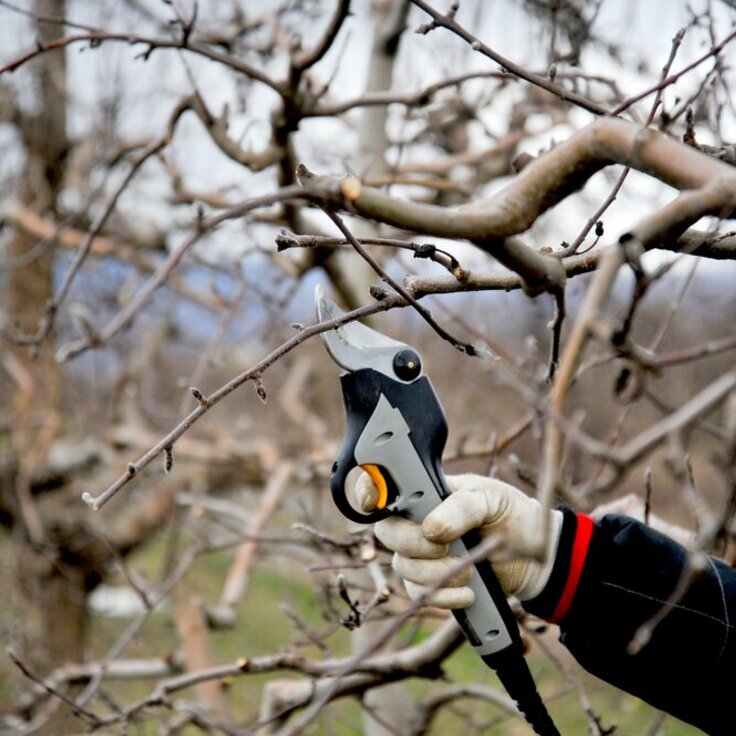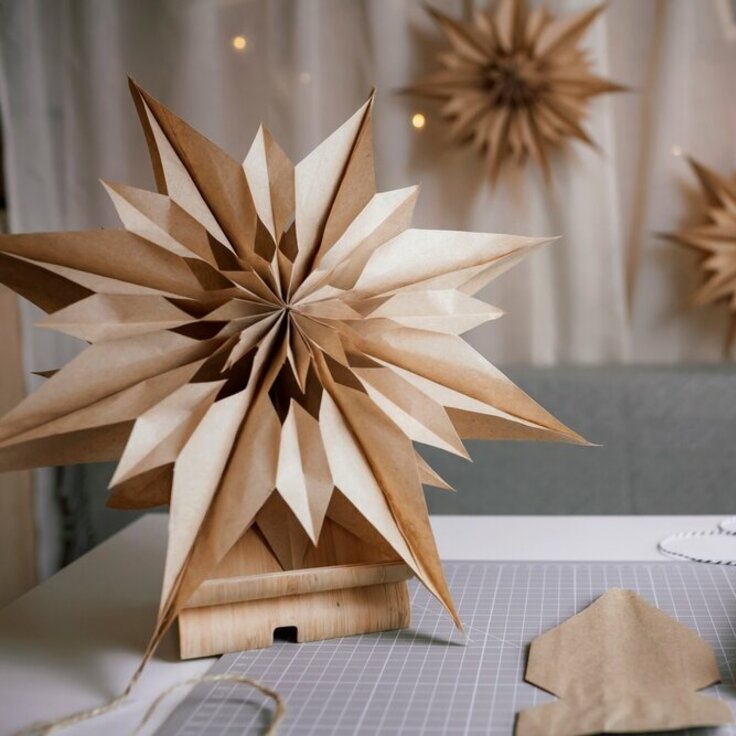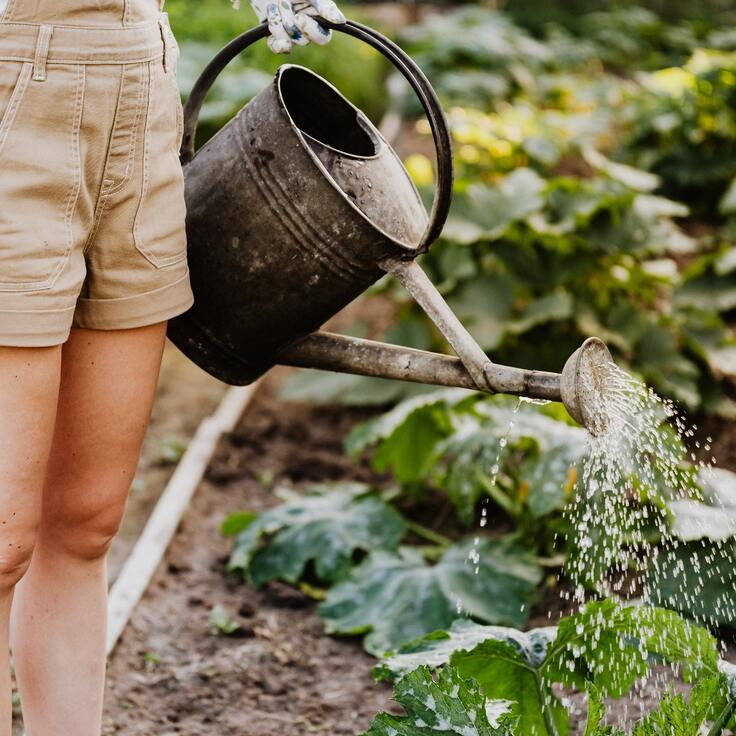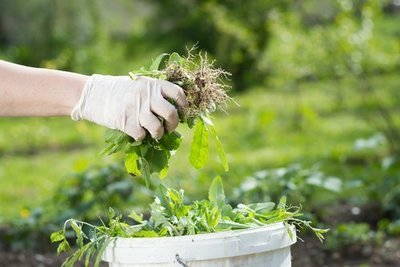Preparing Your Garden in January: Laying the Foundation for a Flourishing Year
January can feel like a quiet month in the gardening calendar, but don’t be fooled by the chilly weather and dormant plants. This is a crucial time to prepare your garden for the upcoming growing season. With thoughtful planning and a few hands-on tasks, you’ll ensure that your garden thrives when spring arrives. Here are some key activities to focus on in January.
Plan Your Garden Layout
The beginning of the year is the perfect opportunity to map out your garden. Whether you’re looking to try new plants or reorganise your beds, take the time to sketch a rough plan. Consider what grew well last year and what might need a new location. Crop rotation is essential for vegetable gardeners to prevent soil depletion and minimise pests. Don’t forget to include companion planting—pairing plants like tomatoes with basil can boost growth and deter insects.
Tidy Up Your Garden Beds
While the temptation might be to leave everything until spring, January is an excellent time to start tidying up. Remove any dead plants from last year, but leave seed heads and stems that provide shelter for wildlife. Clear away fallen leaves, especially from patios and pathways, to prevent slipping hazards. However, avoid disturbing frosty ground, as compacting wet soil can damage its structure.
Prune Trees and Shrubs
Pruning is a vital task for January, especially for deciduous trees and shrubs. Remove any dead, damaged, or diseased branches to encourage healthy growth. Apple and pear trees benefit from a winter prune, which helps shape them and improves air circulation. Avoid pruning stone fruit trees like plums and cherries during winter, as this can increase the risk of disease.
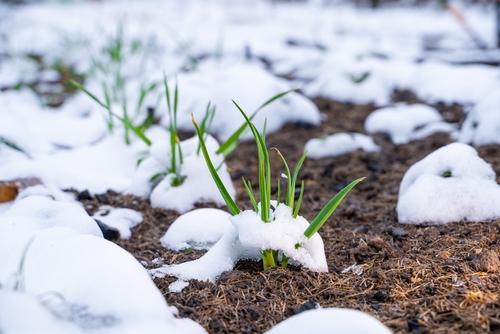
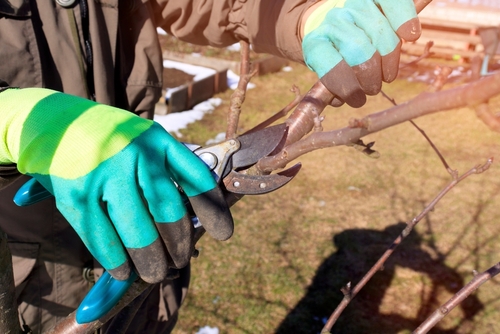
Prepare Your Soil
January is a great time to improve the quality of your soil, even if planting feels far off. Spread a layer of organic matter, such as well-rotted manure or compost, over your beds. The winter rain will help nutrients seep into the soil, making it rich and fertile for spring planting. If the ground isn’t frozen, you can dig this organic matter into the soil to further enhance its texture and fertility.
Check on Your Tools
A well-prepared gardener is one with reliable tools. Take this time to inspect your equipment for wear and tear. Sharpen blades on pruning shears, clean rust off trowels, and oil wooden handles to extend their lifespan. If anything is beyond repair, now is a good time to replace it, as many garden centres have sales in January.
Start Composting
If you don’t already have a compost system, January is an excellent time to set one up. Composting turns kitchen scraps and garden waste into nutrient-rich material for your soil. Keep a balance between green waste (vegetable peels, coffee grounds) and brown waste (twigs, dried leaves). In the colder months, composting can slow down, so covering your compost heap with a tarp can help maintain warmth and speed up decomposition.
Order Seeds and Plants
Seed catalogues are a source of inspiration during the darker days of January. Start ordering seeds now to ensure you have your preferred varieties for the growing season. Hardy vegetables like onions, broad beans, and peas can even be sown indoors or under cloches this month. If you’re considering adding new plants to your garden, January is also a good time to browse and order bare-root shrubs and trees.
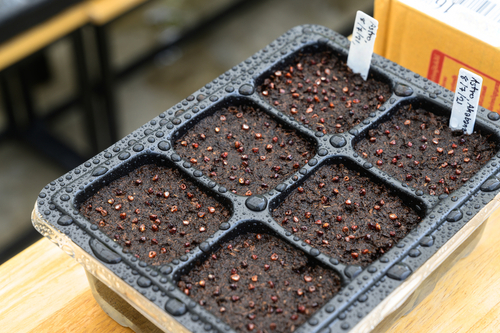
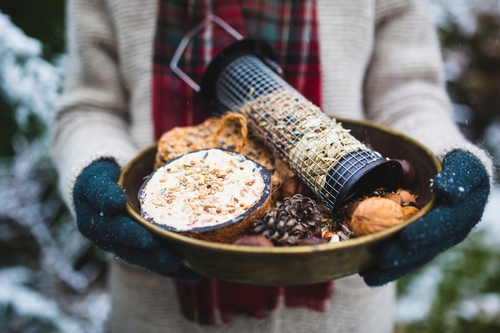
Keep an Eye on Wildlife
Gardens are a haven for wildlife, even in winter. Birds, in particular, need a helping hand during colder months. Provide high-energy foods such as sunflower seeds and fat balls, and ensure water sources are free from ice. Leaving a small pile of logs or twigs in a quiet corner can also give shelter to insects and small mammals.
Inspect for Pests and Diseases
Winter is an ideal time to check your garden for signs of pests and diseases. Look for overwintering eggs or larvae on the undersides of leaves or on stems. Remove these manually or apply environmentally friendly treatments to keep your plants healthy. Inspect stored bulbs and tubers for signs of rot and discard any affected ones to prevent spread.
Force Rhubarb and Other Early Crops
If you grow rhubarb, January is the time to start forcing it for an early harvest. Cover crowns with an upturned bucket or a specially designed forcing pot to exclude light. This will encourage tender, pale stems that can be ready by late winter. Similarly, you can start chitting seed potatoes indoors to get a head start on planting in spring.
Preparing Your Garden for the Year Ahead
Although January might seem like an off-season for gardening, it’s actually a time filled with promise. By focusing on these preparatory tasks, you’ll set the stage for a successful growing season. Whether it’s planning your layout, nurturing your soil, or supporting wildlife, these actions will pay off when your garden bursts into life in the months to come. Embrace the quiet beauty of a winter garden, and enjoy the satisfaction of getting ahead for the year ahead

